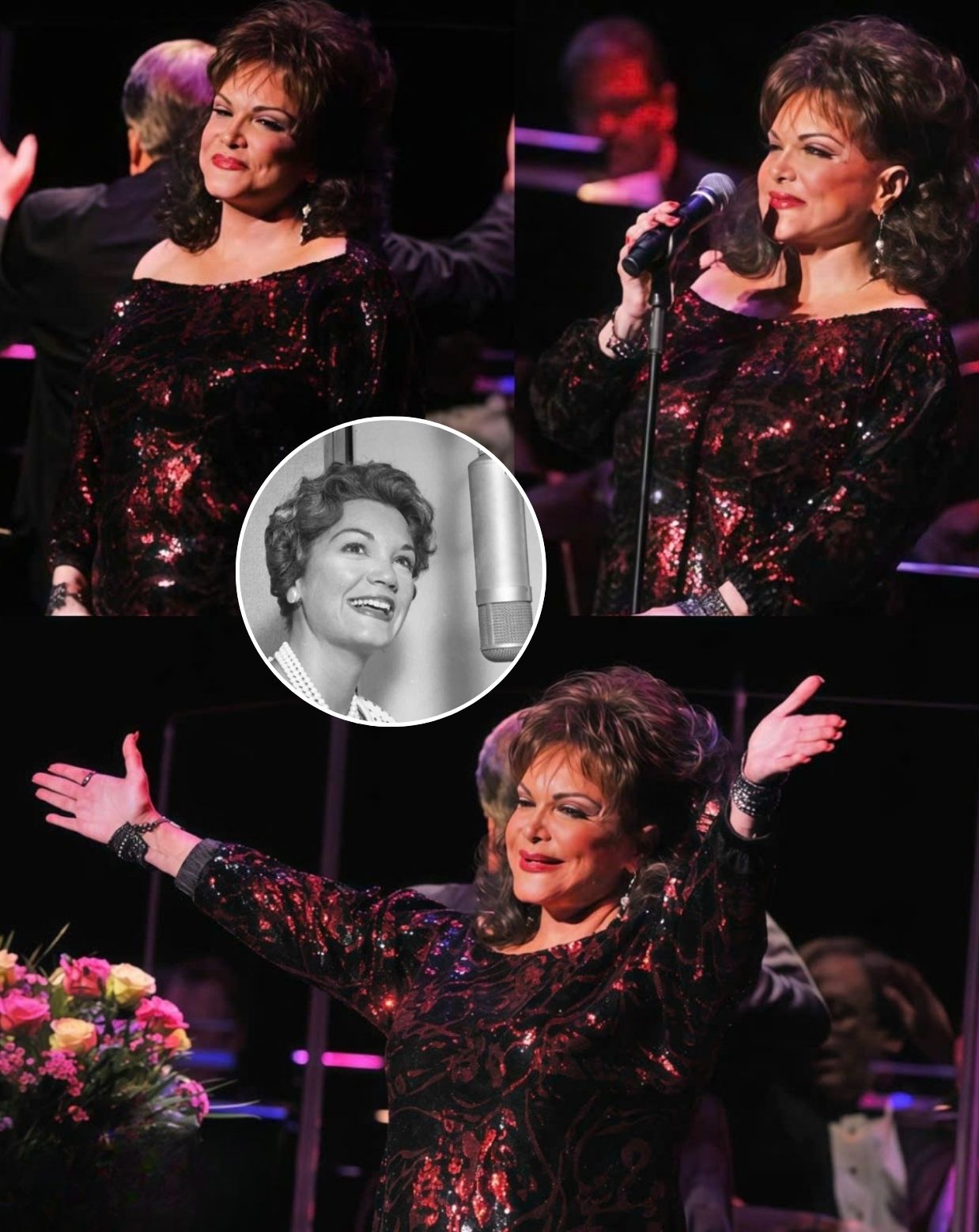For more than fifty years, Connie Francis’s voice was the sound of a generation — a blend of clarity and ache that carried through jukebox speakers, car radios, and living room record players around the world. From “Where the Boys Are” to “Who’s Sorry Now,” her music wasn’t just a soundtrack to an era; it was a mirror, reflecting the hopes, heartbreaks, and quiet resilience of millions.
Yet, for all her public triumphs, Connie carried one song she refused to share.
It wasn’t a polished hit aimed at the charts, nor a calculated step toward a comeback. It was something far more intimate — a late-night recording session that few even knew had taken place. The session began after midnight, long after the rest of the studio crew had gone home. Only a handful remained: the engineer, a trusted arranger, and Connie herself. The lights were low. Outside, the city was asleep.
On the music stand in front of her were handwritten lyrics, the paper smudged and warped by drops that had fallen during earlier rehearsals — not from spilled coffee, but from tears. She read them again and again before the tape began to roll. The words, she would later say to a confidant, were “too close to the bone.”
When she began to sing, there was no orchestral sweep, no layered harmonies. Just her voice — unguarded, unvarnished — and a sparse piano that seemed to hang on every breath she took. Those who were present recall an atmosphere so still that no one dared shift in their seat. Each line seemed to carry decades of unspoken memory: the battles she fought behind closed doors, the losses she endured away from cameras, the kind of truths that don’t fit neatly into a press release.
When the final note faded, Connie didn’t speak. She simply lowered her gaze, set the lyric sheet down, and told the engineer to seal the tape. “This one,” she said quietly, “is not for the world. Not yet.”
And so it remained — tucked away in a vault, its existence little more than a rumor among collectors and devoted fans. Over the years, the legend of “the lost song” grew, though no one could confirm what it sounded like or why she had chosen to hide it.
Only after her passing did whispers emerge. Studio insiders began to piece together the night’s events, describing not just a performance but a confession. One technician, now retired, said, “It’s Connie as you’ve never heard her. It’s not about perfect notes. It’s about truth.”
Those few who have been granted a private listen say the recording is unlike anything in her celebrated catalogue. It’s not the youthful optimism of her early hits, nor the polished drama of her later work. It is something else entirely — raw, stripped to its essence, and unafraid to let the cracks show.
Whether the public will ever hear it remains uncertain. There are legal matters, family wishes, and the question of whether releasing it would honor or betray her intent. But one thing is clear: somewhere in a quiet archive lies a song that may hold the most honest portrait Connie Francis ever painted of herself — a song she chose to keep locked away, until she no longer could.
If it ever reaches the world, it won’t just be another track from a legendary voice. It will be a message from the woman behind the legend — one final truth, carried in melody.
